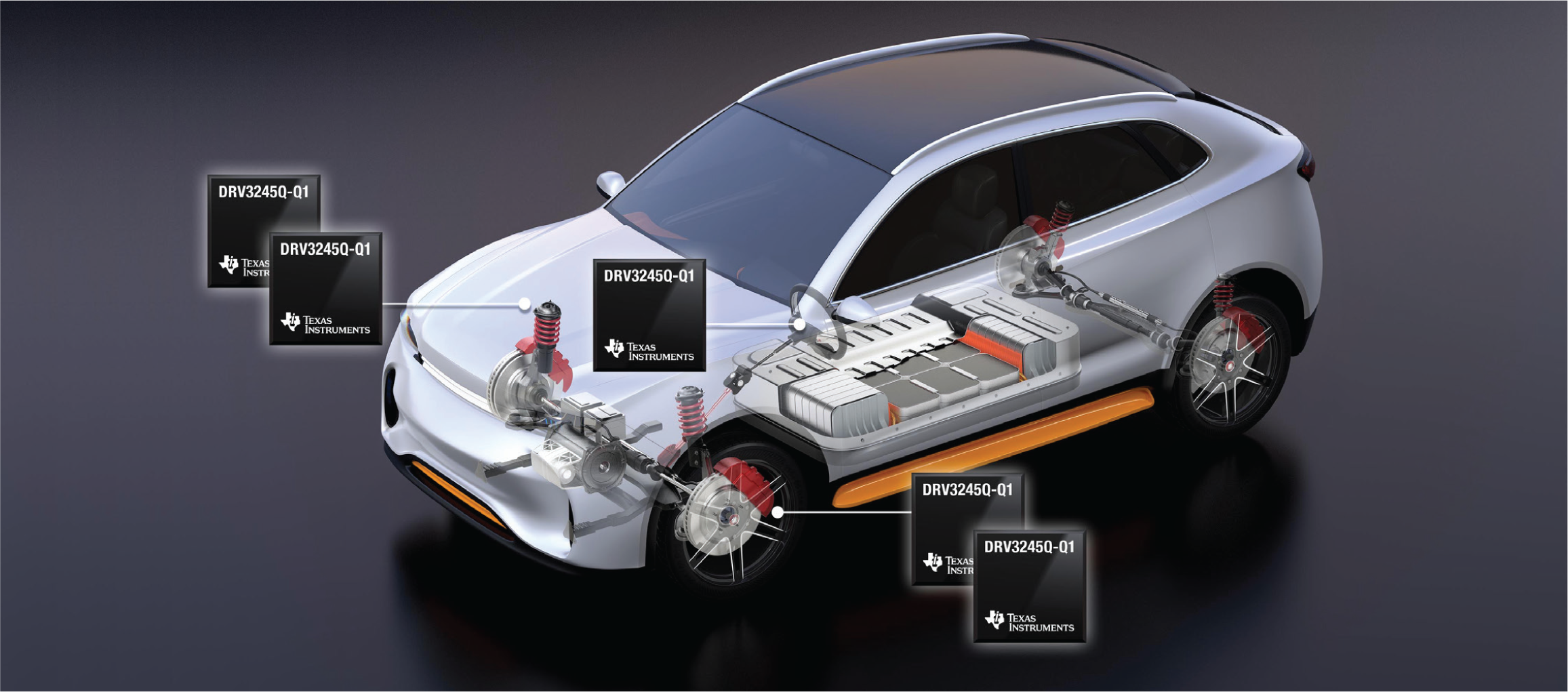SLYY183A january 2020 – january 2020 DRV3245Q-Q1 , TPS653853-Q1
PRODMIX
- 1
- Overview
- Welcoming the by-wire era – this time with trust
- “Fail-safe” systems transition to “fail-operational” systems
- Electrification of the powertrain and the added considerations for functional safety
- Functional safety in high-temperature applications
- Human factors
- Meeting the challenges of evolving functional safety systems
- Related content
Welcoming the by-wire era – this time with trust
Technologies like steer-by-wire, brake-by-wire, shift-by-wire and electrified powertrains present a whole new set of exciting challenges for designers of these systems. The transition to electrical actuation of vehicle functions inherently means fewer mechanical components, which in turn reduces weight, eliminates common mechanical failure modes and enables the integration of smart features. For example, a steer-by-wire system that can intelligently adapt steering responses to road and weather conditions will improve vehicle dynamics and increase efficiency.
Another example is automatic shift and shift-by-wire technology, where an electrical actuator handles the transmission’s shift functionality in conjunction with the most efficient operating points of the engine. These systems have a safety benefit of helping prevent inactive or parked vehicles from rolling forward or backward.
Figure 1 shows actuators in a by-wire system that includes steering, transmission and breaking.
Although the hardware and software components required for by-wire systems have been available for several years, trust from consumers has been elusive.
 Figure 1 Automotive Actuators That Will
Transition to By-wire Control – Steering, Braking and Transmission – Can Benefit
from Using TI Motor Drivers for Functional Safety Applications.
Figure 1 Automotive Actuators That Will
Transition to By-wire Control – Steering, Braking and Transmission – Can Benefit
from Using TI Motor Drivers for Functional Safety Applications.